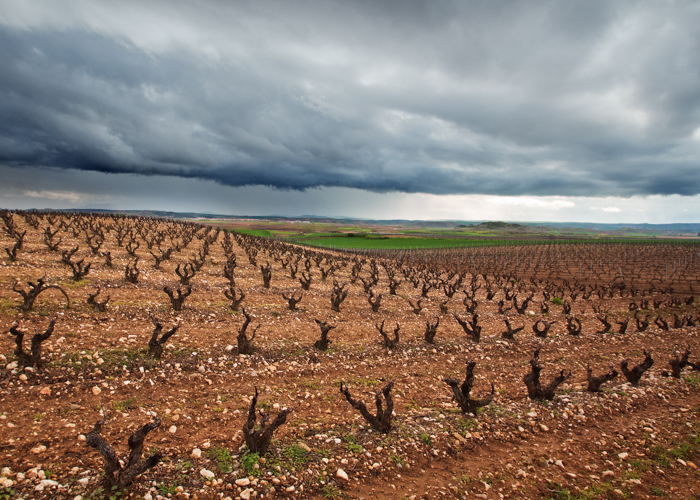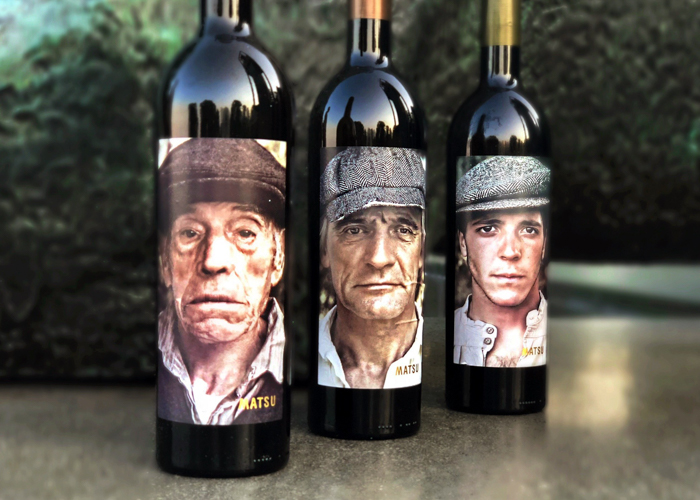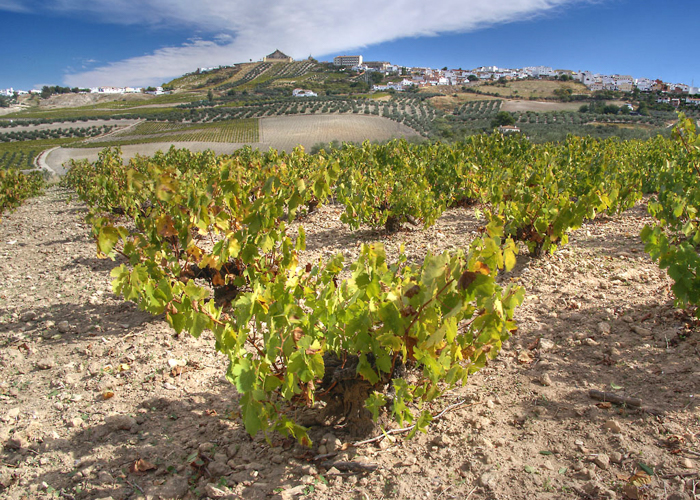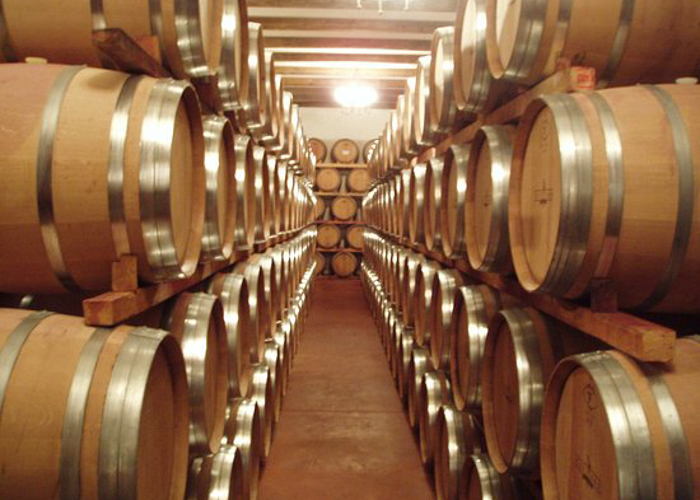Matsu
Matsu, which in Japanese means to wait, is a tribute to all the wine growers who, for generations, have devoted their efforts, wisdom, respect and sacrifice to working the vineyards. The wines, which come from old vineyards that are cared for according to traditional methods and following the times that nature sets, preserve the boldness of the Toro D. O., combining it with an alluring smoothness.
Toro has two ingredients that have always attracted special attention, it is an area that traditionally has not interfered with the vineyard too much. On the other hand, there are old vineyards of extraordinary quality in the D. O. Toro. Thanks to the climate conditions, with low humidity, and sandy soils there is no need to apply any chemical treatments to avoid diseases as other places do. This may have contributed to the tradition of respecting the pace and allowing nature to play its role. The tradition is such that there is a firm commitment to organic wines and biodynamic agriculture.
A philosophy of respect for natural processes is followed when taking care of the vine and making the wine in the bodega, and external intervention is kept to a minimum. Harvesting is carried out manually with a careful selection of grapes and always picked at the optimum moment of maturity. The grapes were harvested in boxes and in small trailers, which were then quickly taken to the winery.
The fermentation of wines comprising the Matsu collection is carried out in 15,000-kilogram concrete deposits whose temperature is controlled so they do not exceed 24 degrees, which is an essential factor in order to preserve the grape and the freshness that is so typical of these wines. The malolactic fermentation is realized in French oak barrels, as well as its ageing. In no case do Matsu wines undergo any aggressive filtering or clarification processes.
The vineyards produce the Tinta de Toro variety and are between 80 and 100 years of age with a very low yield per vine. Located in very poor land and cultivated following the area’s tradition of not interfering with the natural processes and the pace set by nature, while using in many cases techniques employed in biodynamic agriculture. The soils on which these vines grow are sandy and composed of sandstone, clay and Pliocene limestone. Altitude changes in each plot of land are practically non-existent; all the vineyards are located between 650 and 735 meters in the typical undulating land present in this area.








